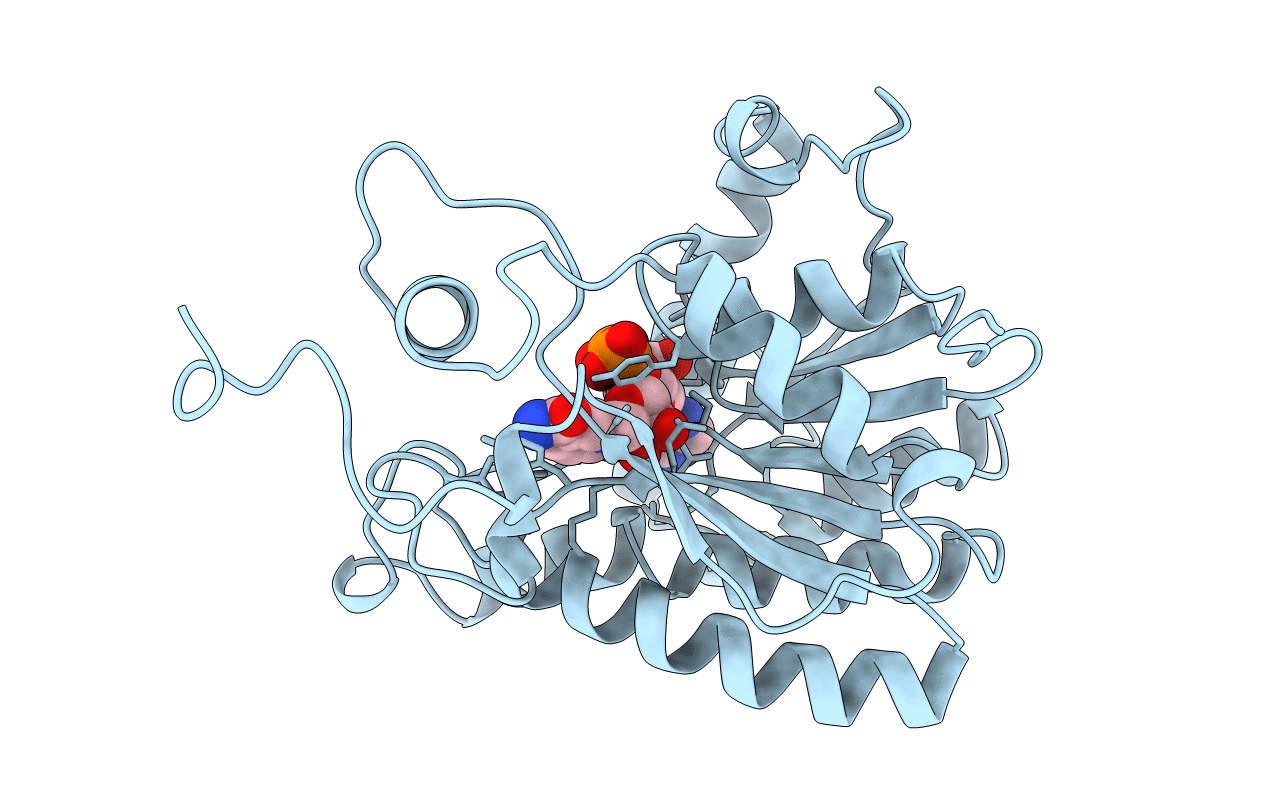
Deposition Date
1995-10-18
Release Date
1996-10-14
Last Version Date
2024-02-07
Entry Detail
PDB ID:
1ENO
Keywords:
Title:
BRASSICA NAPUS ENOYL ACP REDUCTASE/NAD BINARY COMPLEX AT PH 8.0 AND ROOM TEMPERATURE
Biological Source:
Source Organism:
Brassica napus (Taxon ID: 3708)
Host Organism:
Method Details:


